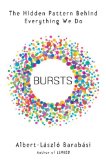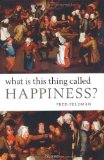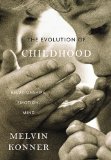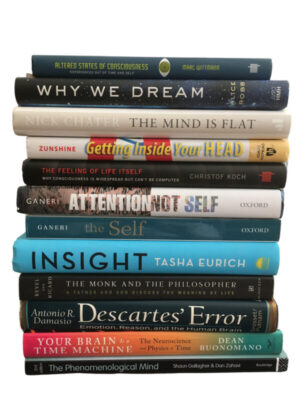‘Bursts’ on the scene
April 29, 2010
Bursts: The Hidden Pattern Behind Everything We Do by Albert-László Barabási (author of ‘Linked‘) (Dutton, 2010).
Product description from the publisher:
Can we scientifically predict our future? Scientists and pseudoscientists have been pursuing this mystery for hundreds and perhaps thousands of years. But now, amazing new research is revealing that patterns in human behavior, previously thought to be purely random, follow predictable laws.
Albert-László Barabási, already the world’s preeminent researcher on the science of networks, describes his work on this profound mystery in Bursts, a stunningly original investigation into human behavior. His approach relies on the way our lives have become digital. Mobile phones, the Internet, and e-mail have made human activities more accessible to quantitative analysis, turning our society into a huge research laboratory. All those electronic trails of time- stamped texts, voice mails, and searches add up to a previously unavailable massive data set that tracks our movements, our decisions, our lives. Analysis of these trails is offering deep insights into the rhythm of how we do everything. His finding? We work and fight and play in short flourishes of activity followed by next to nothing. Our daily pattern isn’t random, it’s “bursty.” Bursts uncovers an astonishing deep order in our actions that makes us far more predictable than we like to think.
Illustrating this revolutionary science, Barabási artfully weaves together the story of a sixteenth-century burst of human activity-a bloody medieval crusade launched in his homeland, Transylvania-with the modern tale of a contemporary artist hunted by the FBI through our post-9/11 surveillance society. These narratives illustrate how predicting human behavior has long been the obsession, sometimes the duty, of those in power. Barabási’s wide range of examples from seemingly unrelated areas includes how dollar bills move around the United States, the pattern everyone follows in writing e-mail, the spread of epidemics, and even the flight patterns of albatross. In all these phenomena a virtually identical bursty pattern emerges, a reflection of the universality of human behavior.
Bursts reveals where individual spontaneity ends and predictability in human behavior begins. The way you think about your own potential to do something truly extraordinary will never be the same.
See also: Author’s website
“Adopt” a word from the book to reveal the text at www.brsts.com.







